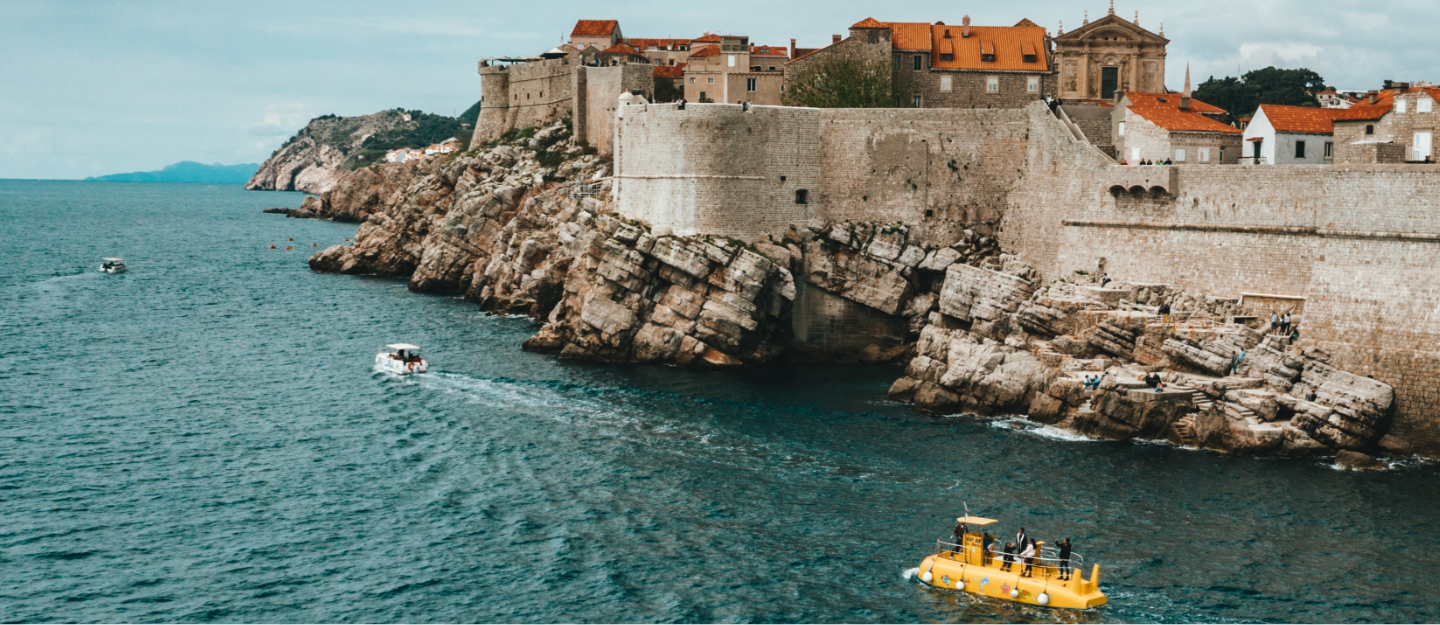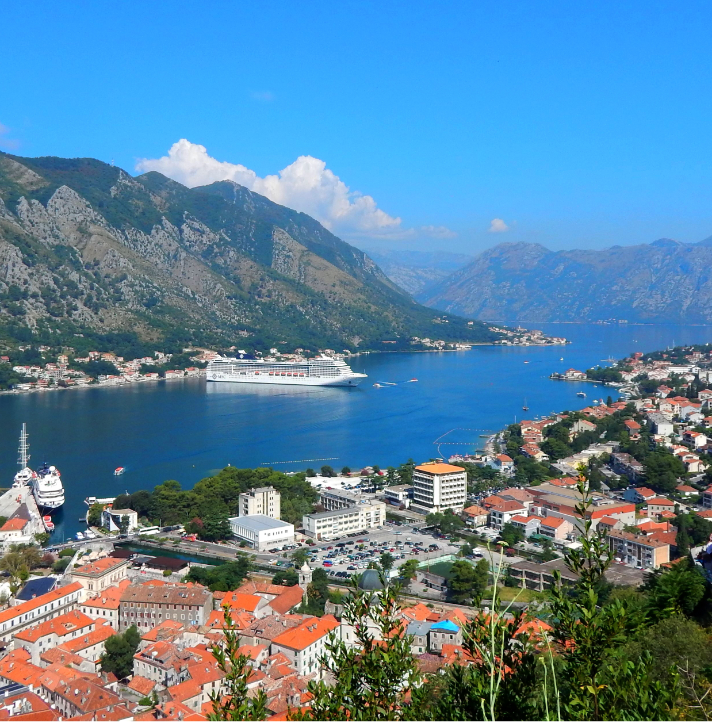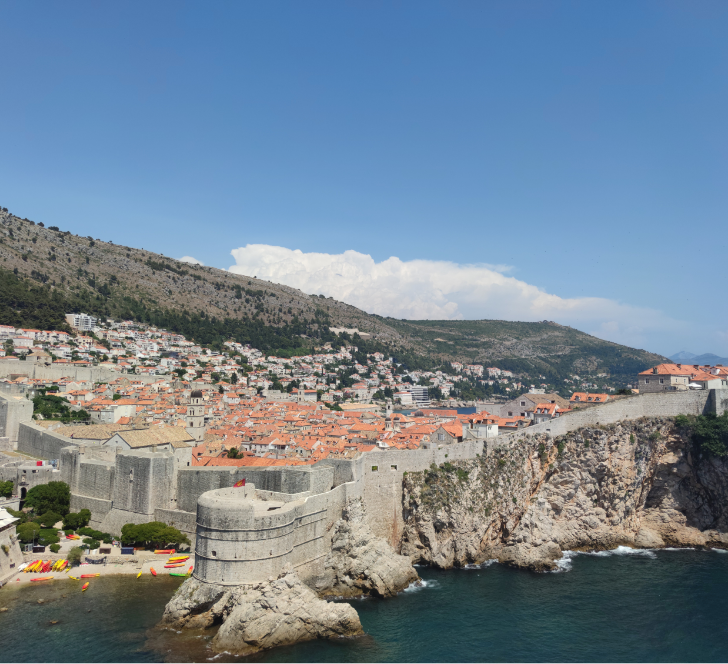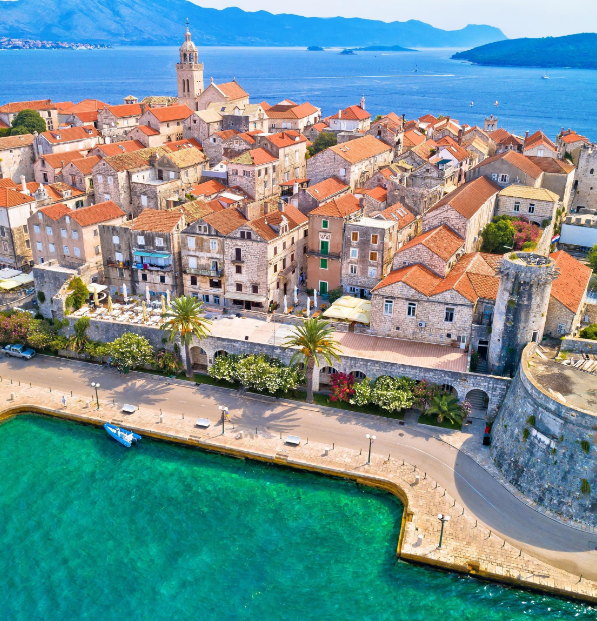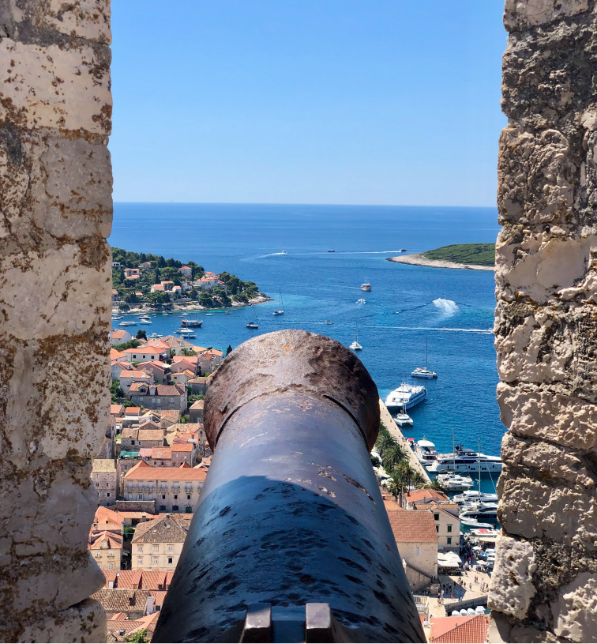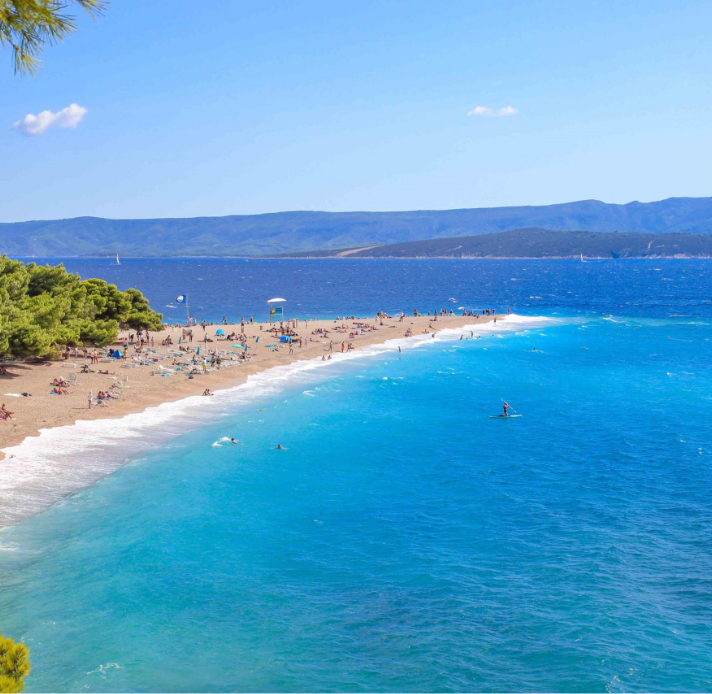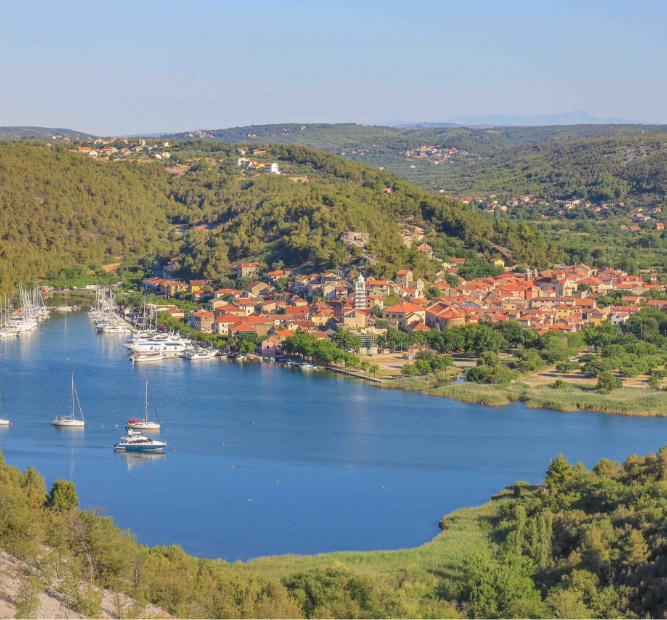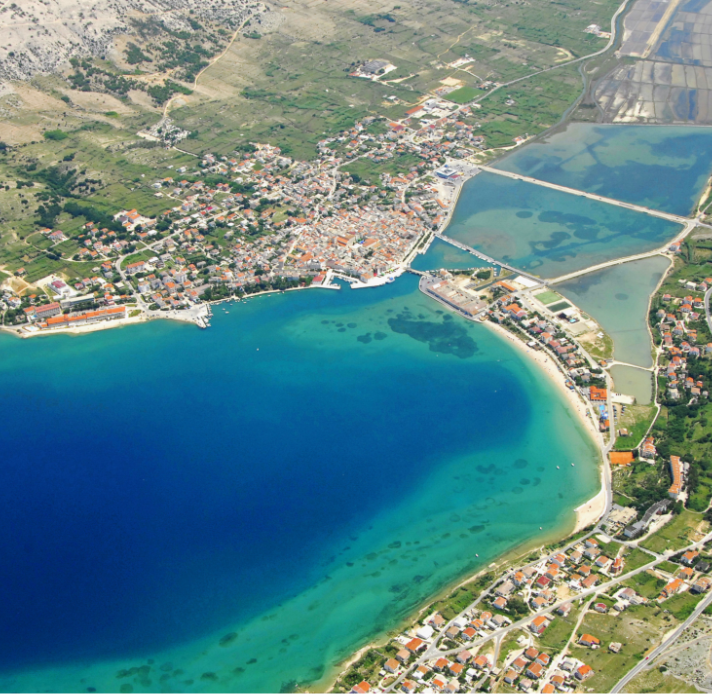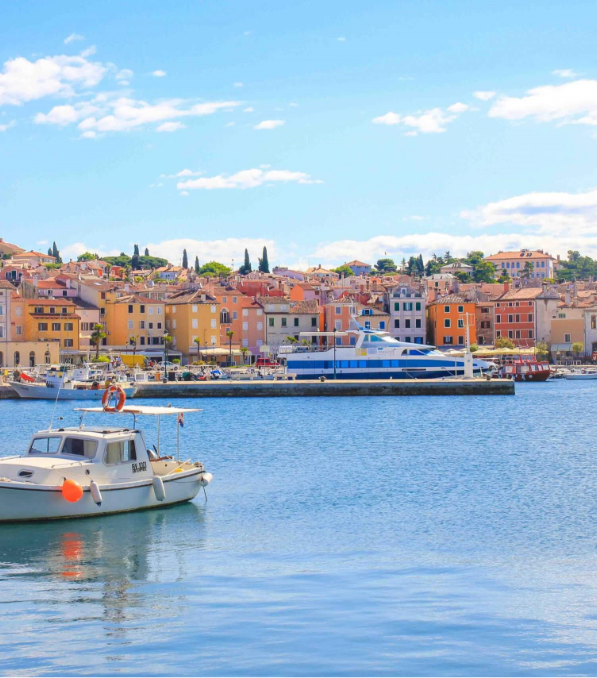As you sail through the Adriatic’s deep blue waters, explore this stunning coastline and its myriad islands – dotted with ancient cities, hidden caves, vineyards and olive groves, secluded beaches, Roman ship- wrecks, and early churches. You’ll be crossing the region in the way it was meant to be seen. Once a major hub of Mediterranean trade, the region has been known for millennia as a center of ship-building.
After falling off the tourist map for a while due to the Yugoslav wars, Dalmatia has regained its rightful place as a desirable destination for discerning travelers and, in particular, yacht owners. You’ll encounter some of the world’s longest-functioning Roman aqueducts, medieval cities perched on cliffs over the Adriatic, exciting diving opportunities to acave in which Odysseus supposedly sheltered, a region teeming with fresh truffles, and medieval monasteries in the middle of saltwater lakes.

